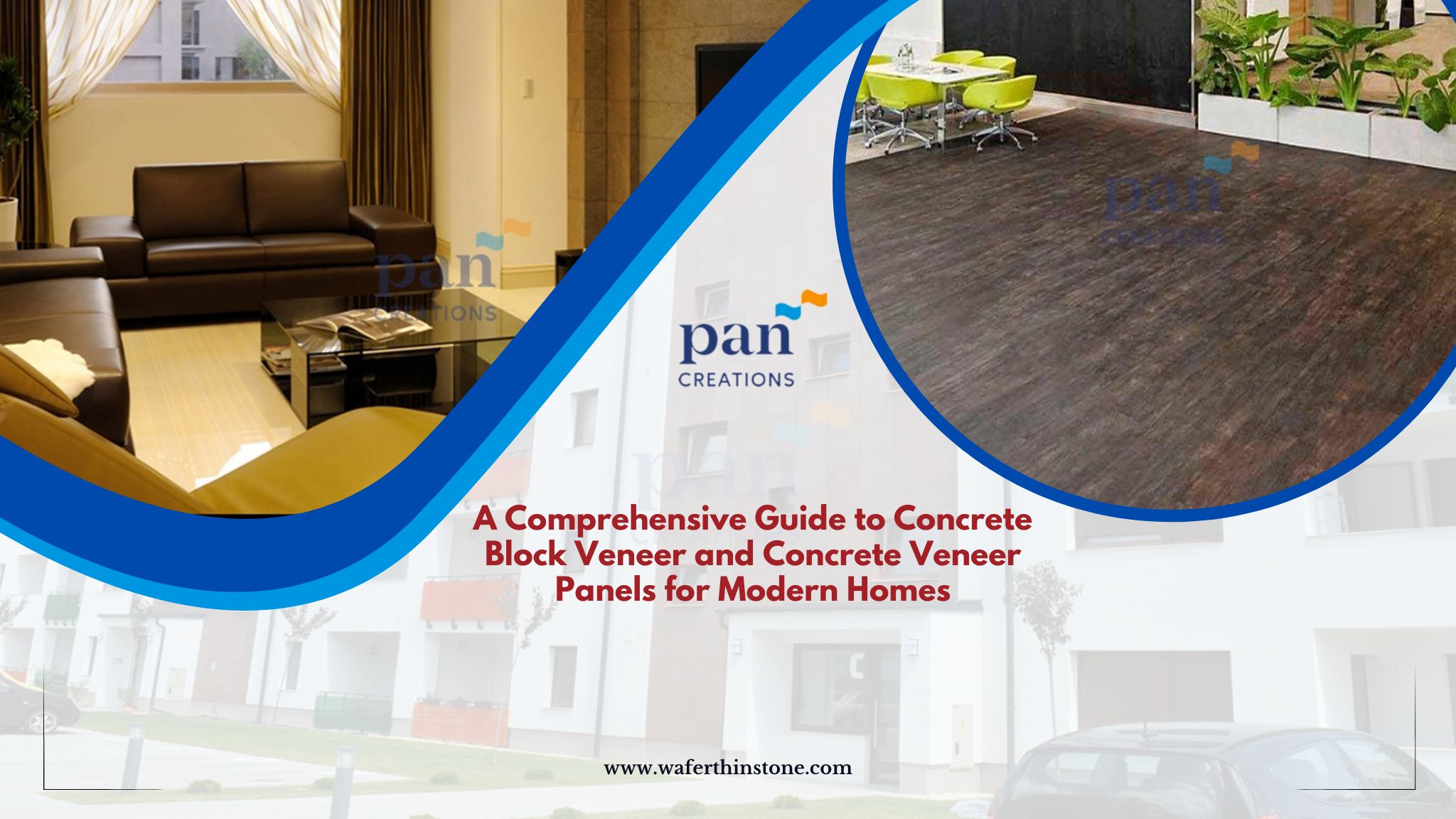Concrete block veneer and concrete veneer panels have become increasingly popular in modern home design, offering a versatile and durable solution for both interior and exterior applications. These innovative building materials combine the strength and longevity of concrete with the aesthetic appeal of natural stone, brick, or other finishes, allowing homeowners and architects to create stunning, visually-appealing structures.
In this comprehensive guide, we’ll explore the advantages of using concrete block veneer and concrete veneer panels, delve into the different types of available options, and discuss the benefits of incorporating natural thin veneer into your concrete veneer panels. By the end of this article, you’ll have a thorough understanding of these cutting-edge building materials and how they can transform the look and feel of your modern home.
Advantages of Using Concrete Block Veneer and Concrete Veneer Panels
Concrete block veneer and concrete veneer panels offer a wealth of benefits that make them a compelling choice for modern home design:
Durability and Longevity: Concrete is an exceptionally durable material, offering superior resistance to weathering, fire, and impact damage. This ensures your home’s exterior will maintain its pristine appearance for years to come, with minimal maintenance required.
Design Versatility: Concrete veneer panels can be finished with a wide range of natural stone, brick, or other decorative veneers, allowing you to customize the look and feel of your home to suit your personal style and the surrounding architectural aesthetic.
Energy Efficiency: The thermal mass properties of concrete can help regulate indoor temperatures, reducing the energy required for heating and cooling your home, and ultimately lowering your utility bills.
Low Maintenance: Concrete veneer panels require minimal upkeep, as they are resistant to cracking, chipping, and fading, unlike traditional masonry or siding materials.
Increased Home Value: The use of high-quality, visually-appealing building materials like concrete veneer panels can significantly increase the resale value of your home, making it a smart investment for the long term.
Different Types of Concrete Veneer Panels
Concrete veneer panels come in a variety of styles and finishes, allowing you to tailor the look and feel of your home to your specific preferences. Some of the most popular options include:
Natural Stone Veneer: Concrete veneer panels can be faced with thin slices of natural stone, such as limestone, granite, or slate, creating a timeless and elegant aesthetic.
Brick Veneer: For a more traditional, rustic appearance, concrete veneer panels can be finished with a brick veneer, offering the classic look of masonry construction.
Stucco Finish: Smooth, stucco-like finishes can be applied to concrete veneer panels, providing a clean, contemporary look that complements a wide range of architectural styles.
Textured Finishes: Concrete veneer panels can also be designed with textured surfaces, such as split-face or hammered finishes, adding visual interest and depth to the exterior of your home.
Cutting and Shaping Natural Stone Veneer for Concrete Veneer Panels
When incorporating natural stone veneer into your concrete veneer panels, it’s essential to ensure a seamless and visually-appealing installation. This process often involves carefully cutting and shaping the stone to fit the specific dimensions of the panels.
Using specialized tools and techniques, skilled masons can precisely trim and contour the natural stone, ensuring a tight, uniform fit that enhances the overall aesthetic of the finished product. This attention to detail is crucial for creating a cohesive, high-quality appearance that complements the surrounding architecture.
Exploring the Benefits of Using Natural Thin Veneer for Concrete Veneer Panels
Natural thin veneer, such as natural stone or brick, offers a range of advantages when used in conjunction with concrete veneer panels:
Authentic Aesthetic: Thin veneer materials provide an authentic, natural appearance that cannot be replicated by synthetic or manufactured alternatives, adding depth and character to your home’s exterior.
Lightweight Construction: Thin veneer is significantly lighter than traditional masonry, reducing the overall weight of the concrete veneer panels and simplifying the installation process.
Cost-Effectiveness: Thin veneer is generally more cost-effective than full-thickness natural stone or brick, making it a more accessible option for homeowners on a budget.
Versatility: Thin veneer can be easily cut and shaped to fit the specific dimensions of your concrete veneer panels, allowing for greater design flexibility.
Sustainability: Natural thin veneer is an environmentally-friendly choice, as it utilizes fewer resources and generates less waste during production and installation.
Conclusion
As the demand for sustainable, visually-appealing, and energy-efficient building materials continues to grow, concrete block veneer and concrete veneer panels are poised to play an increasingly prominent role in modern home design. These innovative products offer a unique blend of strength, durability, and aesthetic appeal, making them an attractive choice for homeowners and architects alike.
By incorporating the latest advancements in concrete technology, natural stone and brick veneers, and energy-efficient construction techniques, the future of concrete block veneer and concrete veneer panels is bright. As these materials continue to evolve and improve, they will undoubtedly become an integral part of the modern home design landscape, shaping the way we build and live in our homes for years to come.
If you’re interested in exploring the possibilities of concrete block veneer or concrete veneer panels for your modern home, be sure to connect with the experts at Pan Creations. Their team of experienced professionals can provide you with personalized guidance and custom solutions to help bring your design vision to life. Contact them today to learn more!

